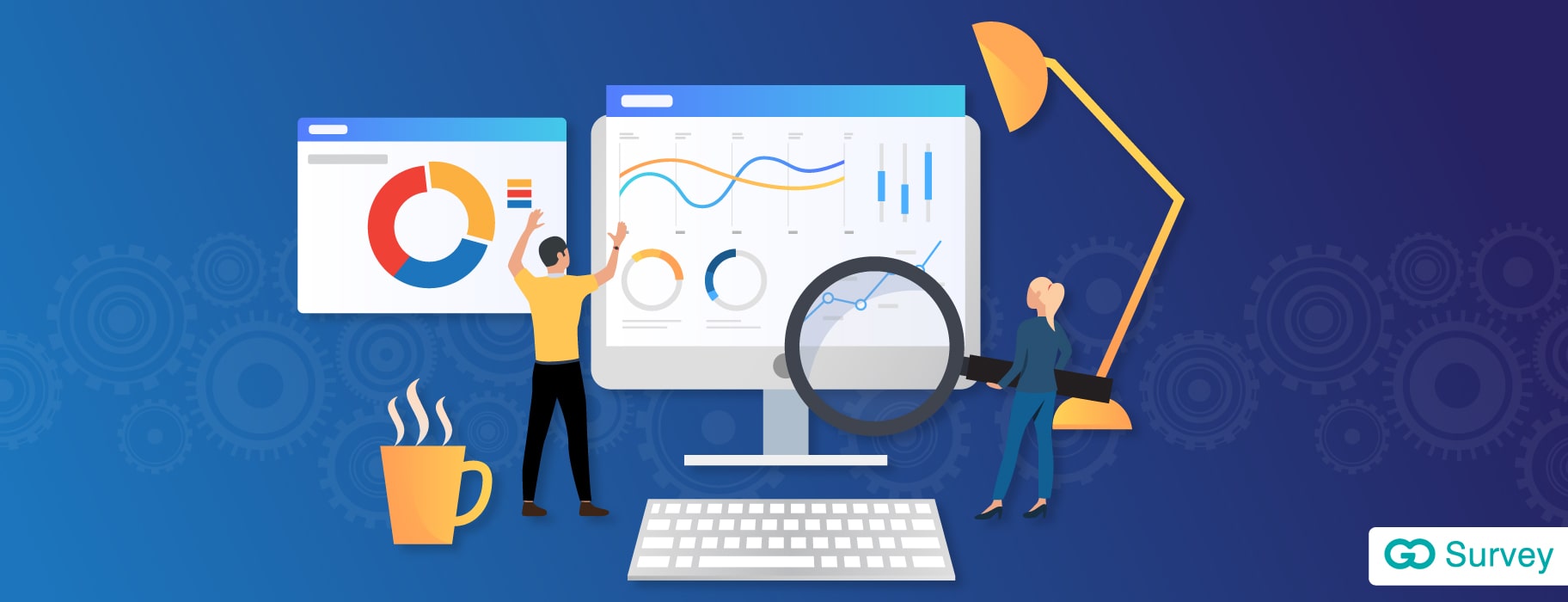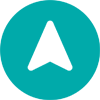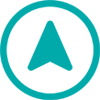If you’re wondering if market research is limited to knowing the mood of the audience, you’ve certainly not measured the depth of it.
Brands use market research for product conception and identifying growth opportunities with it.
One good way is to research if your products or services are efficient problem-solvers. You can also break down how your product battles with your competitor’s solution.
Market research eventually lets you put a perfect product/service on the table leaving much of the guesswork aside.
Understanding product development
Let's come straight to the point. How would you develop a product without knowing the real-life problems of your customers?
You can only solve their problems when you hear out their stories. Customers are like math teachers. They give you problems, and you have to sought-them out.
Market researching your customer's knowledge will inspire product solutions that you can use to monetize.
For example, Edison researched that the American population was heavily dependent on John D Rockefeller's oil to light up their homes.
Additionally, the standard oil company had to kill sharks and blue whales to meet the demands. What did Edison do? He discovered electricity that killed the application of oil. And the rest is history!
Where can you use it?
Today, innovating a new product that solves real-life problems = finding the electricity! The only difference is— there are many Teslas in the market to stop your Edison. It's the reason why you can't afford to bust all your investments, especially when you have an option of market research to minimize the risk flying around your product or development. You can use market surveys in all the stages of your product development:
Conception: You have an idea? Willing to give reality to it? Market research is a great way to give your conception of real shape and dimensions. Get insight on job-to-be-done, and try filling the pit.
For example, Apple conducted behavioral research on its users before developing white earphones. Interestingly, most people wanted to look cool, stylish, and different from the existing "black-earphone" market. And you know what happened next! The passerby could easily recognize the social status of the Apple user by the color of their earphones.
Formation: What should be the price of your product? Should you invest in fancy packaging? Once you've pushed the product from concept phase to the formation phase— you can conduct market research to learn about its price, packaging, value proposition, etc. This will give life to your product in the competitive market.
For example, Apple and Samsung use pricing and value research to set the prices of their products. Apple uses a skimming strategy to keep the price of all the products high to gain maximum profit. Samsung, contrarily, uses a penetration pricing strategy where it sets the rate at relatively low cost initially to attract more customers. Their decisions don't come out of the blue. Each move is data-driven.
Introduction & gauging: Once you have developed your product based on the market research, it's time to introduce and gauge your product in the new market and keep bringing updates to it. Again, it comes with knowing how your product performs in the market, and it is faring in the conditions you expected.
For example, In 2018, McDonald's used 1.8 million plastic straws a day. It received a lot of feedback to discontinue using the plastics. The brand responded by gauging and improving its straw-making technique. It announced paper straws in the market to roll out in all the UK restaurants..
How to do it?
You can deploy a variety of product development research techniques to earn valuable insights into your customers' say, pain points, and opinions. Once you're done with developing your product, you can also enter into usability testing. Even better— you can also release the beta version to have valuable information before you go fully-functional in the market.
Refer to this template that researches customer's opinions for developing your product and service. Build your product around customers. Don't find customers around your product.
GoSurvey as your product development partner
Everything looks good in theory. But how are you going to test the meat of product development? What are the tools you’re going to use? Will you use separate tools for data collection and analysis?
Fortunately, GoSurvey's offline survey app answers all your queries if you’re trying to get into the market with new products. Now you can customize your questionnaire, collect important insights, and develop the products/services as deem fit.









